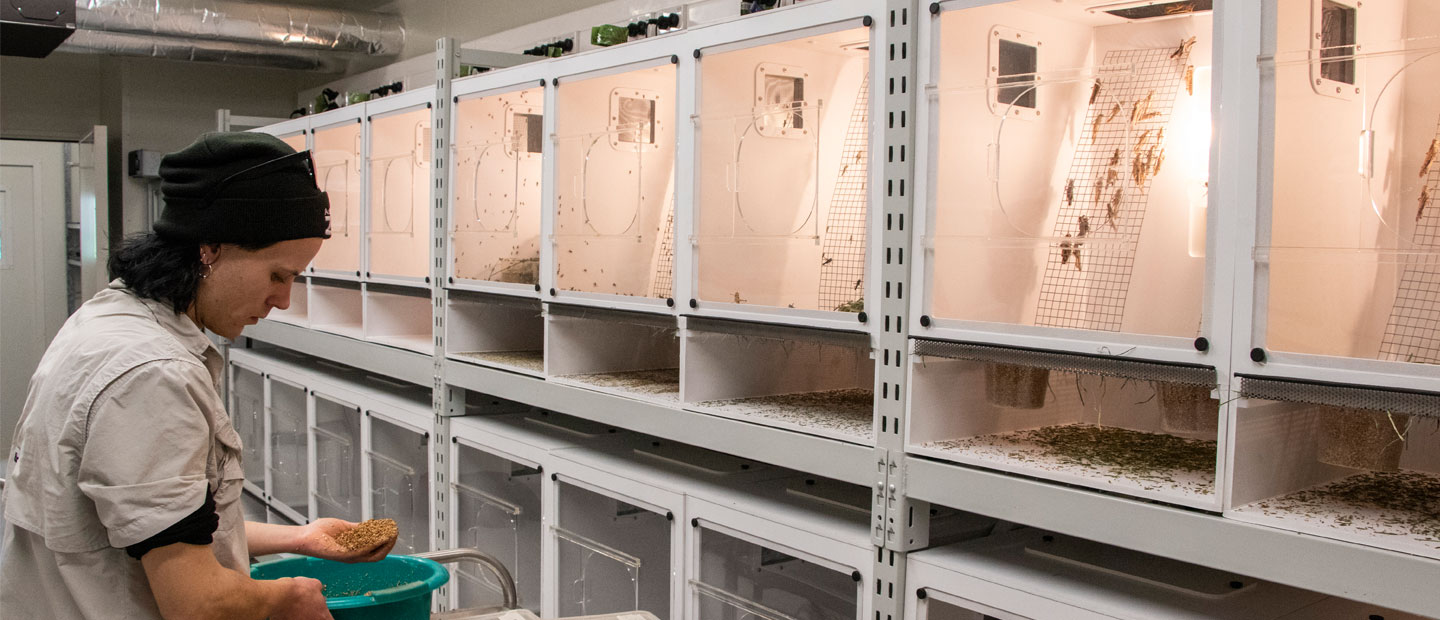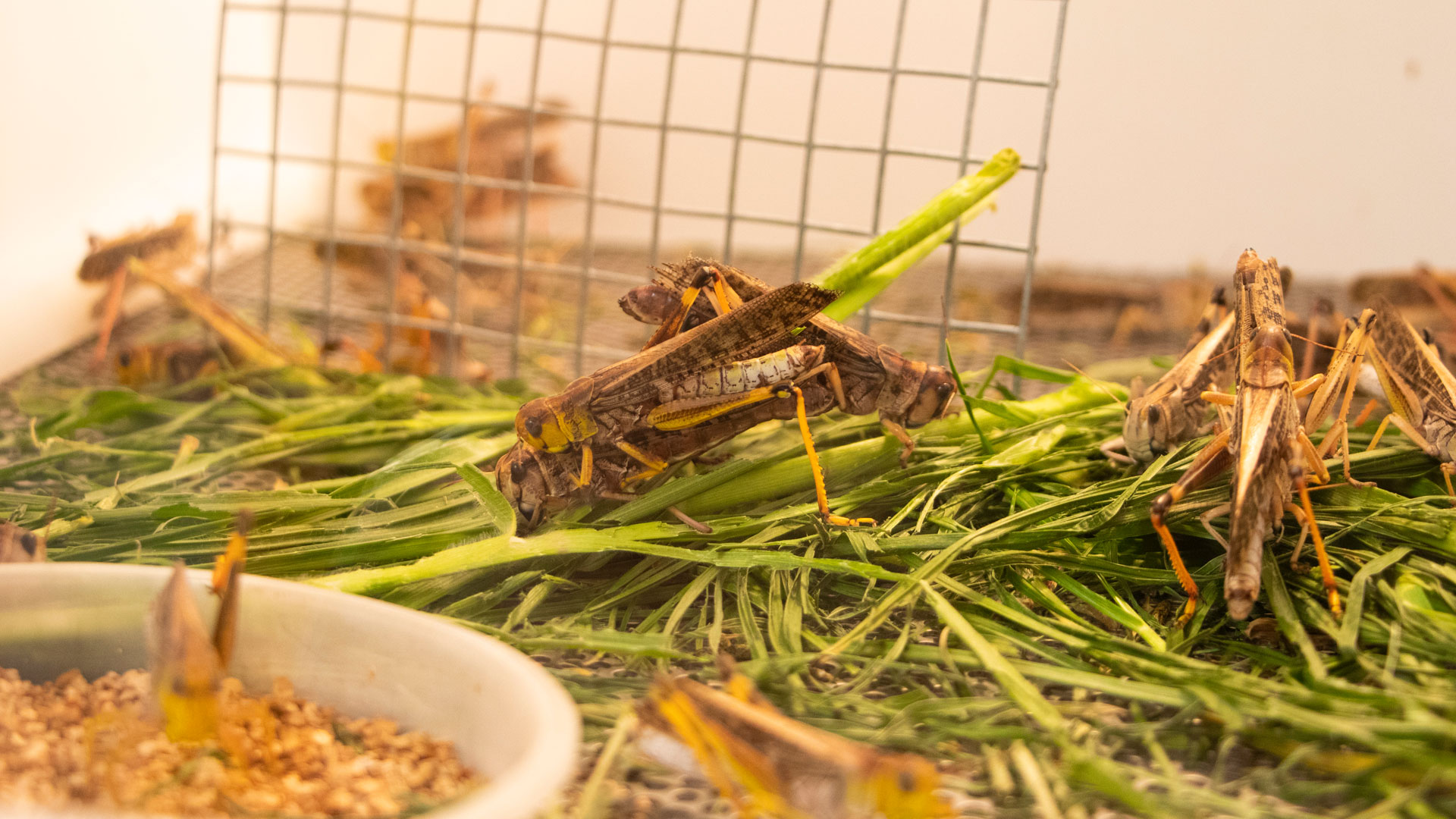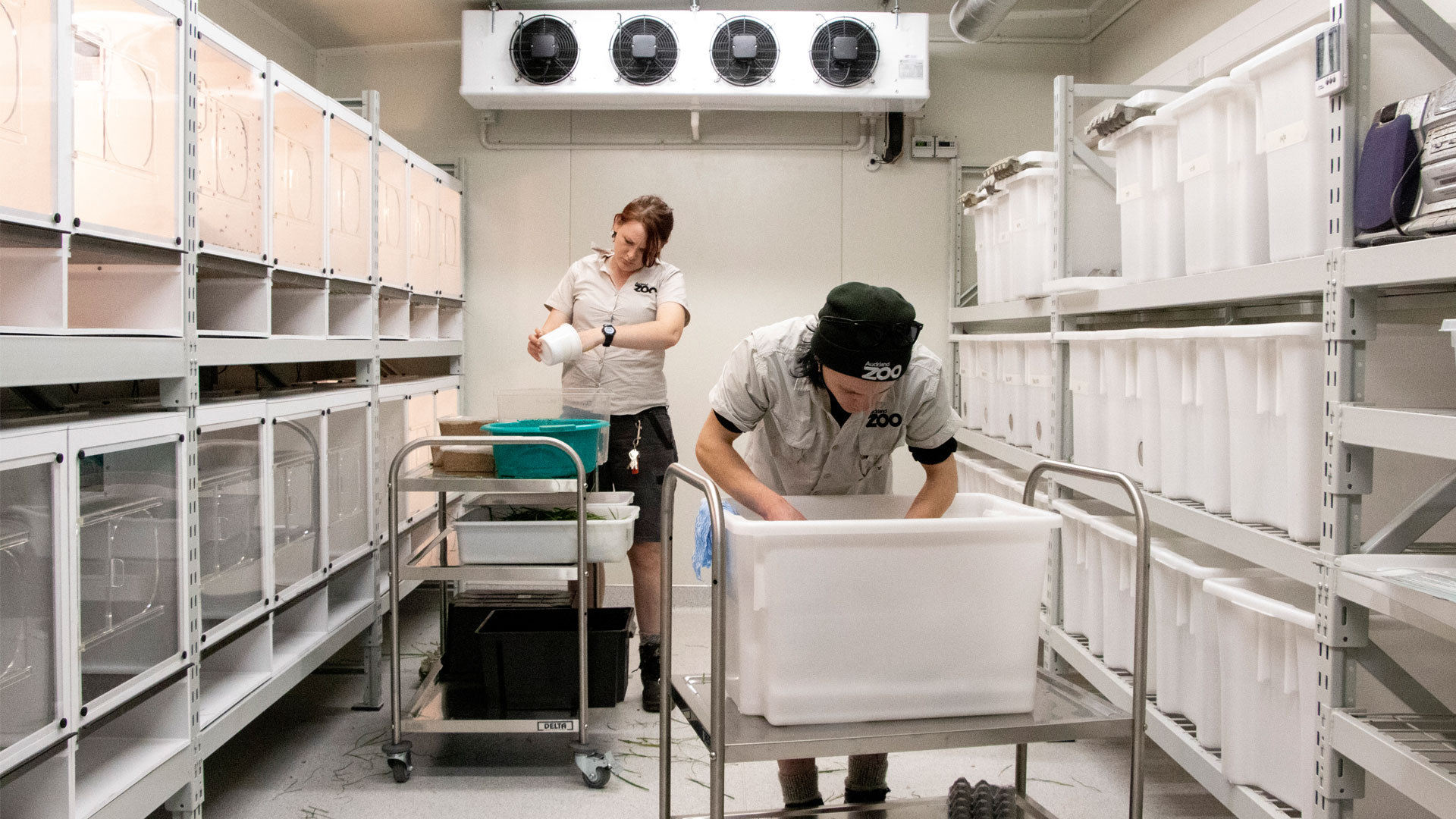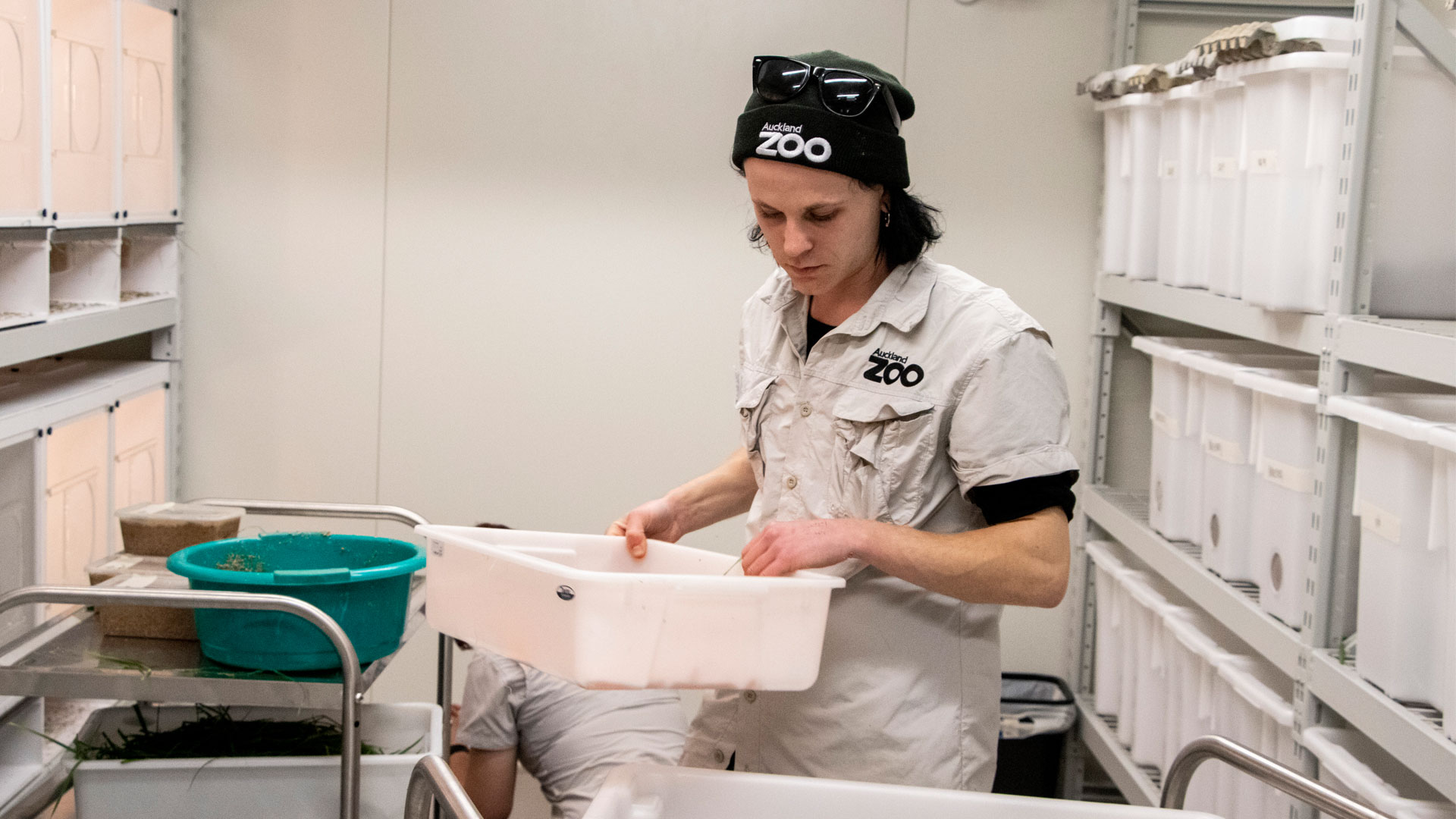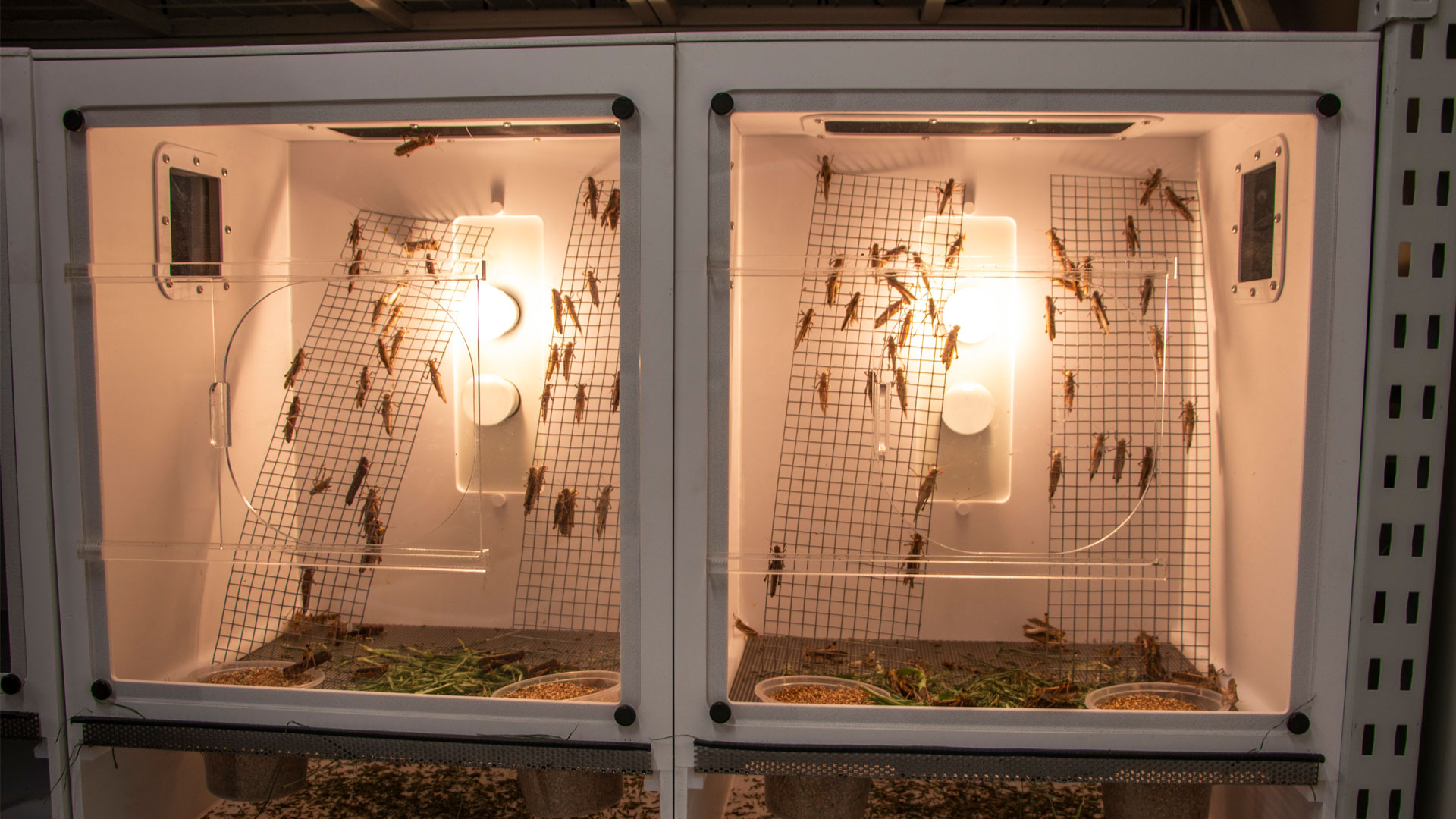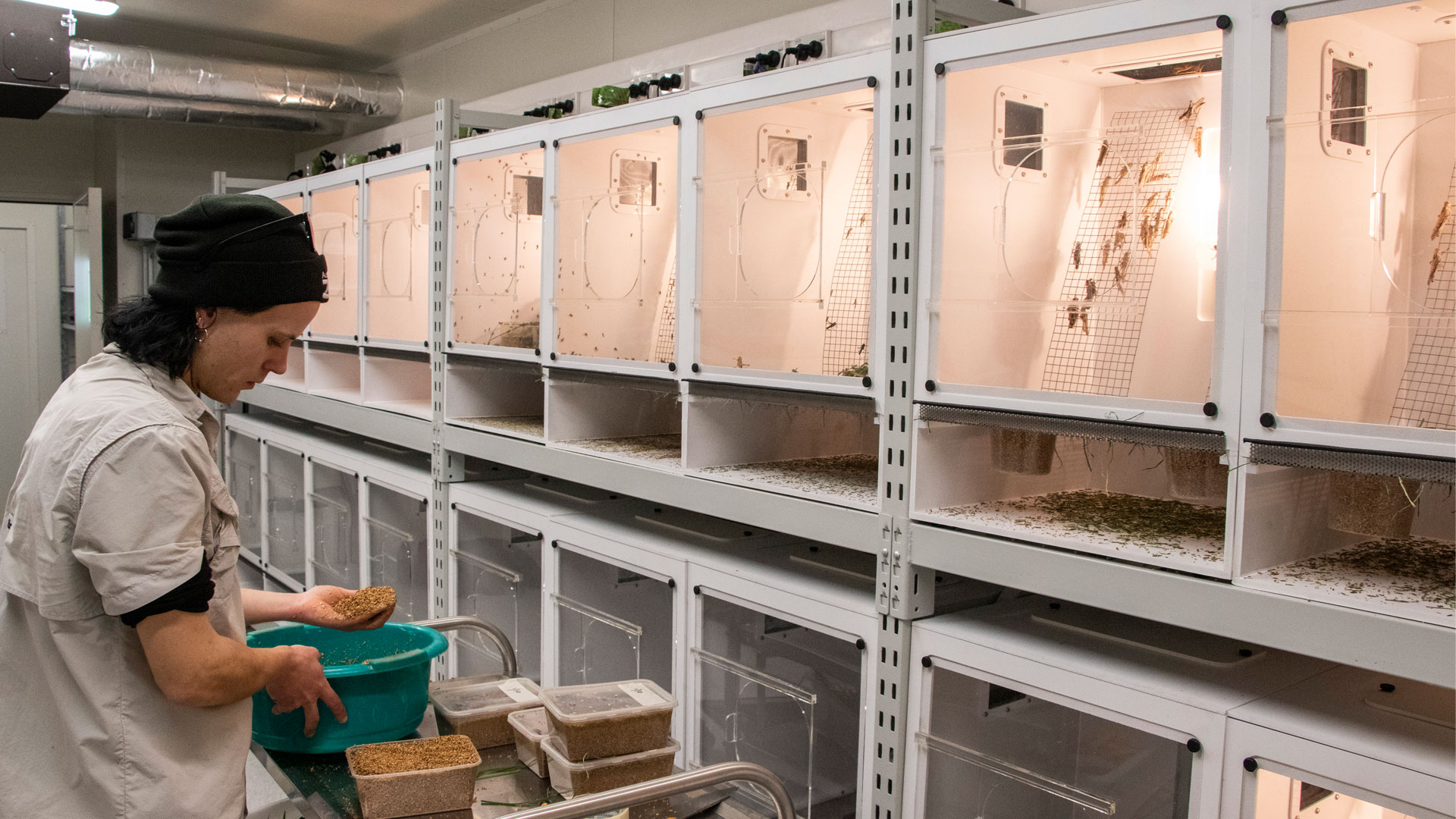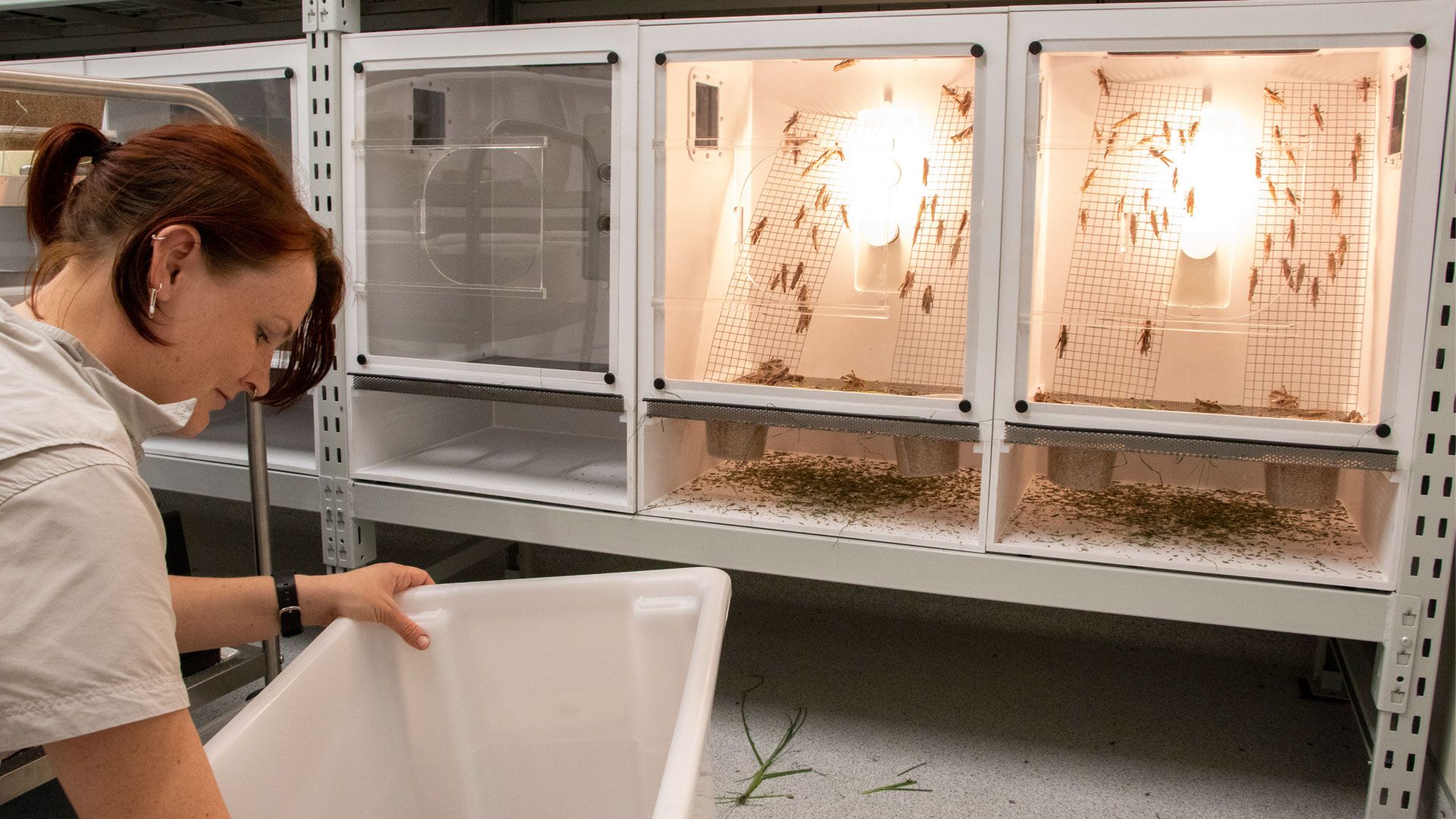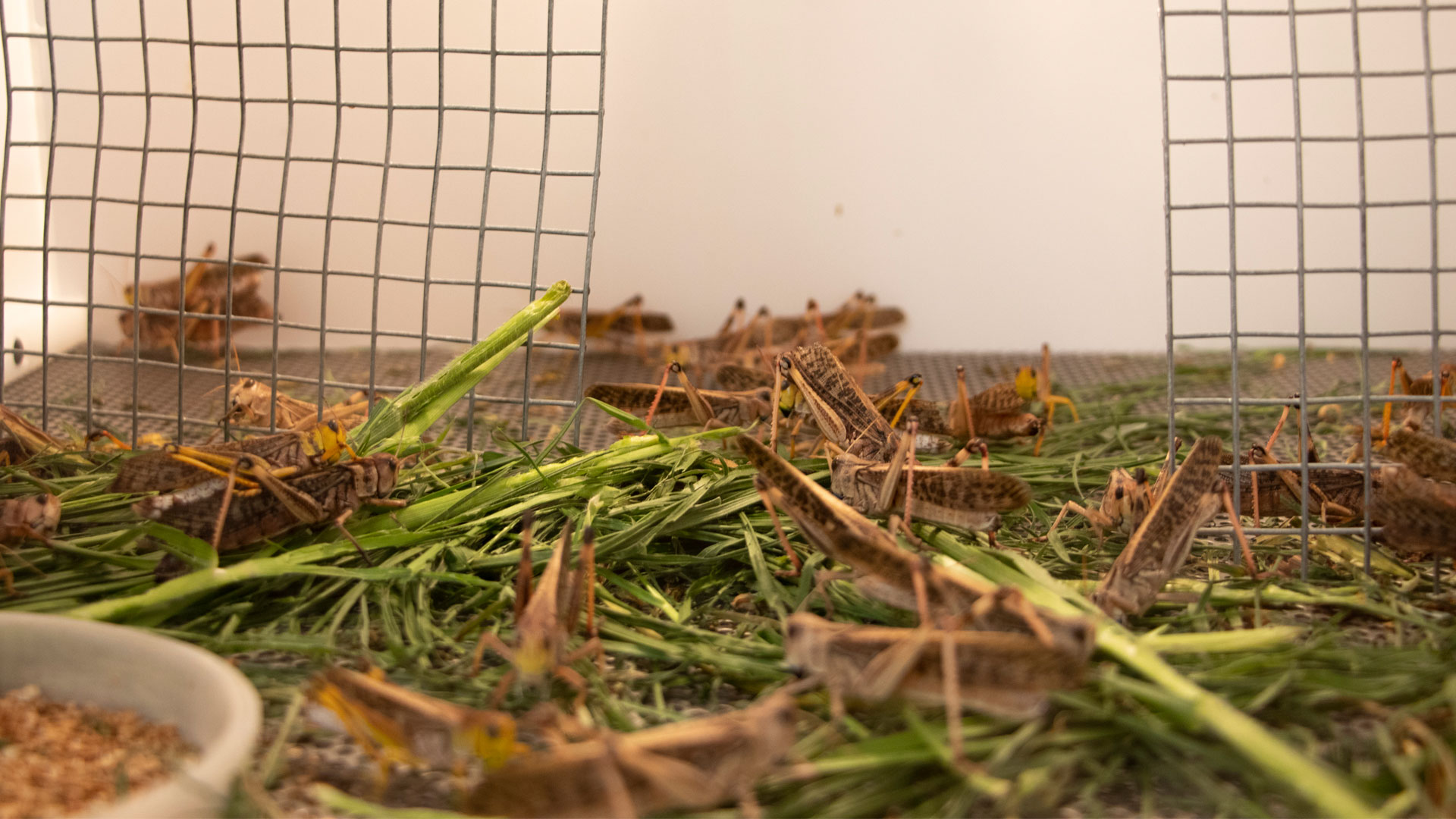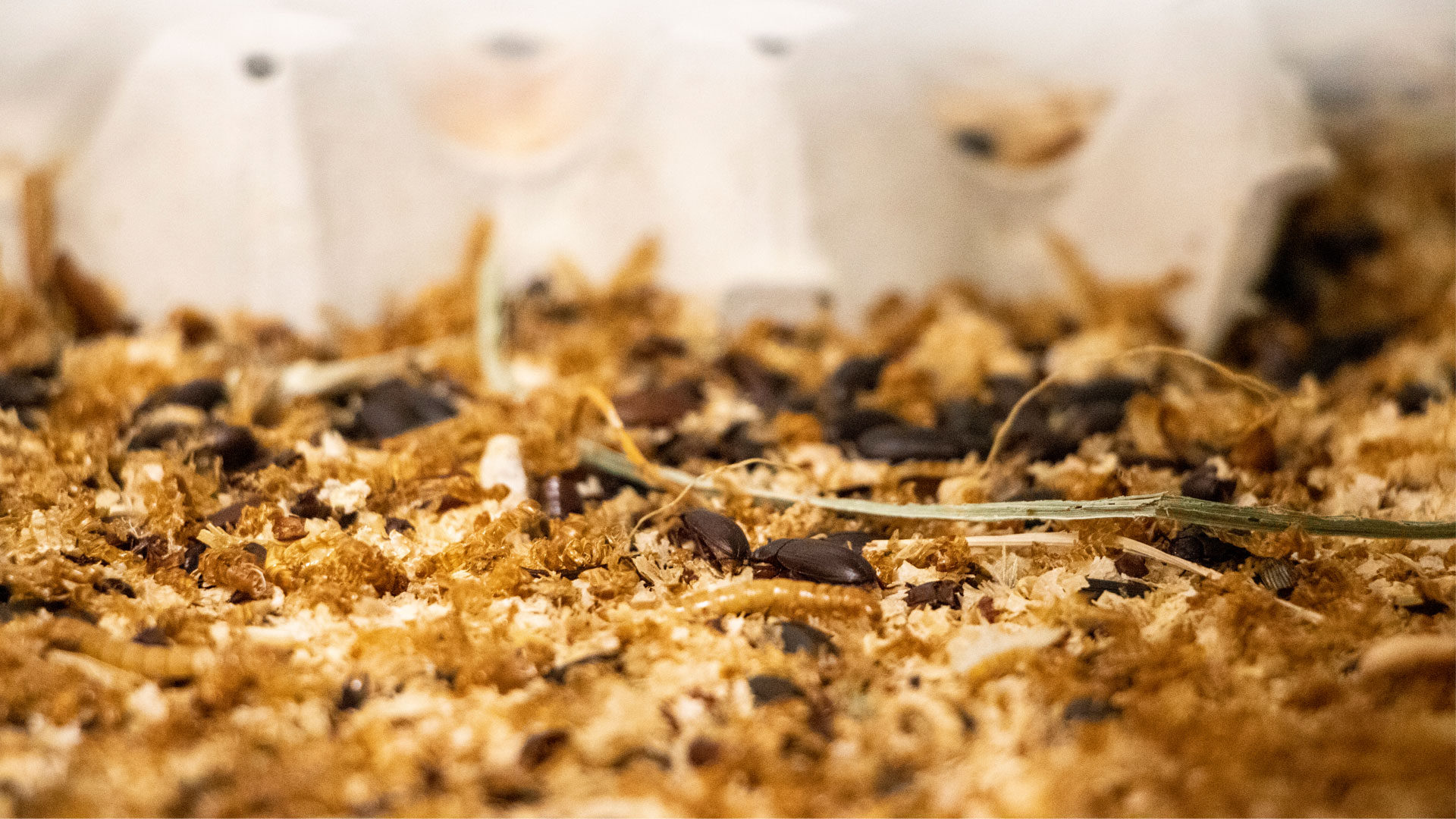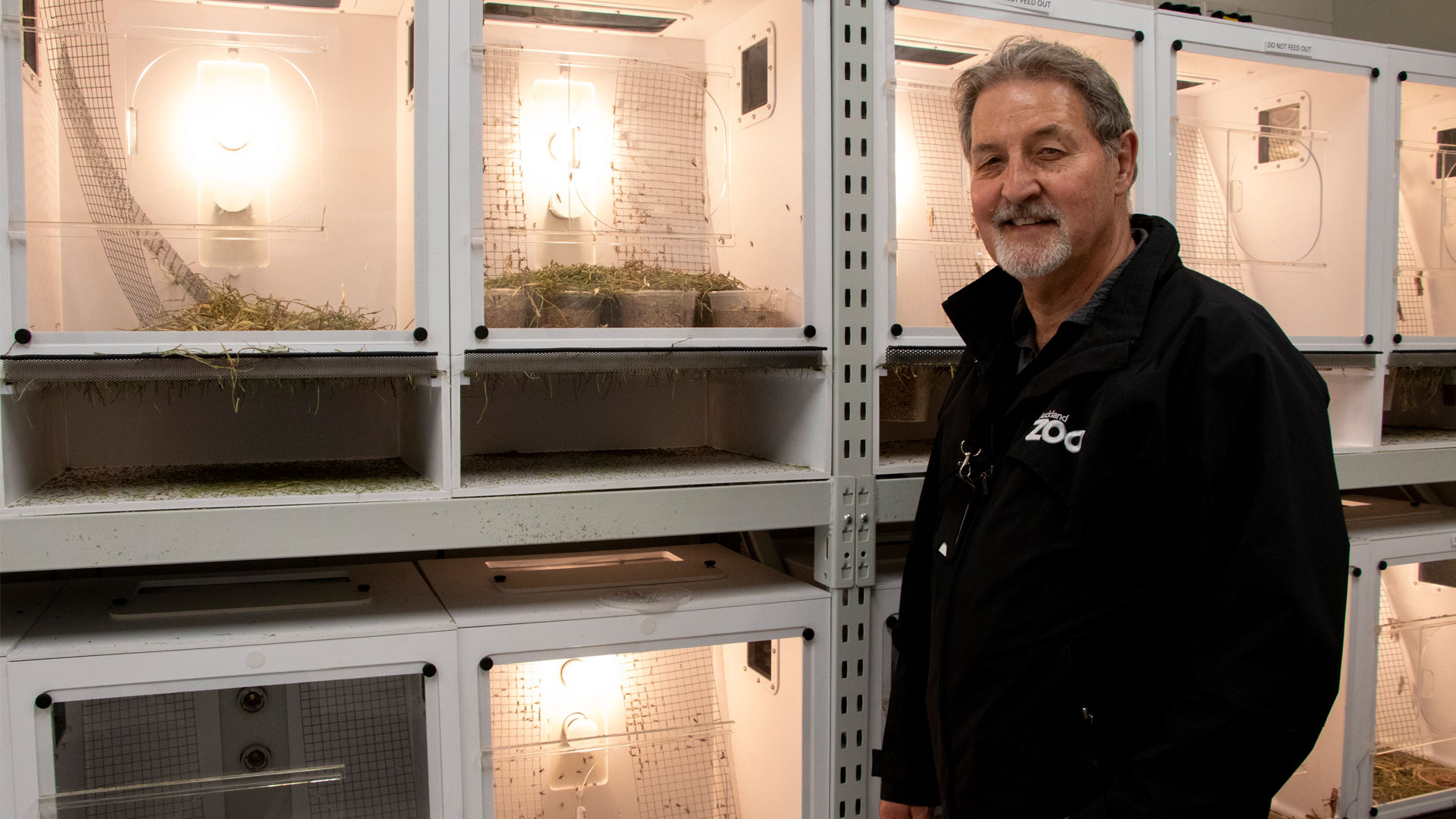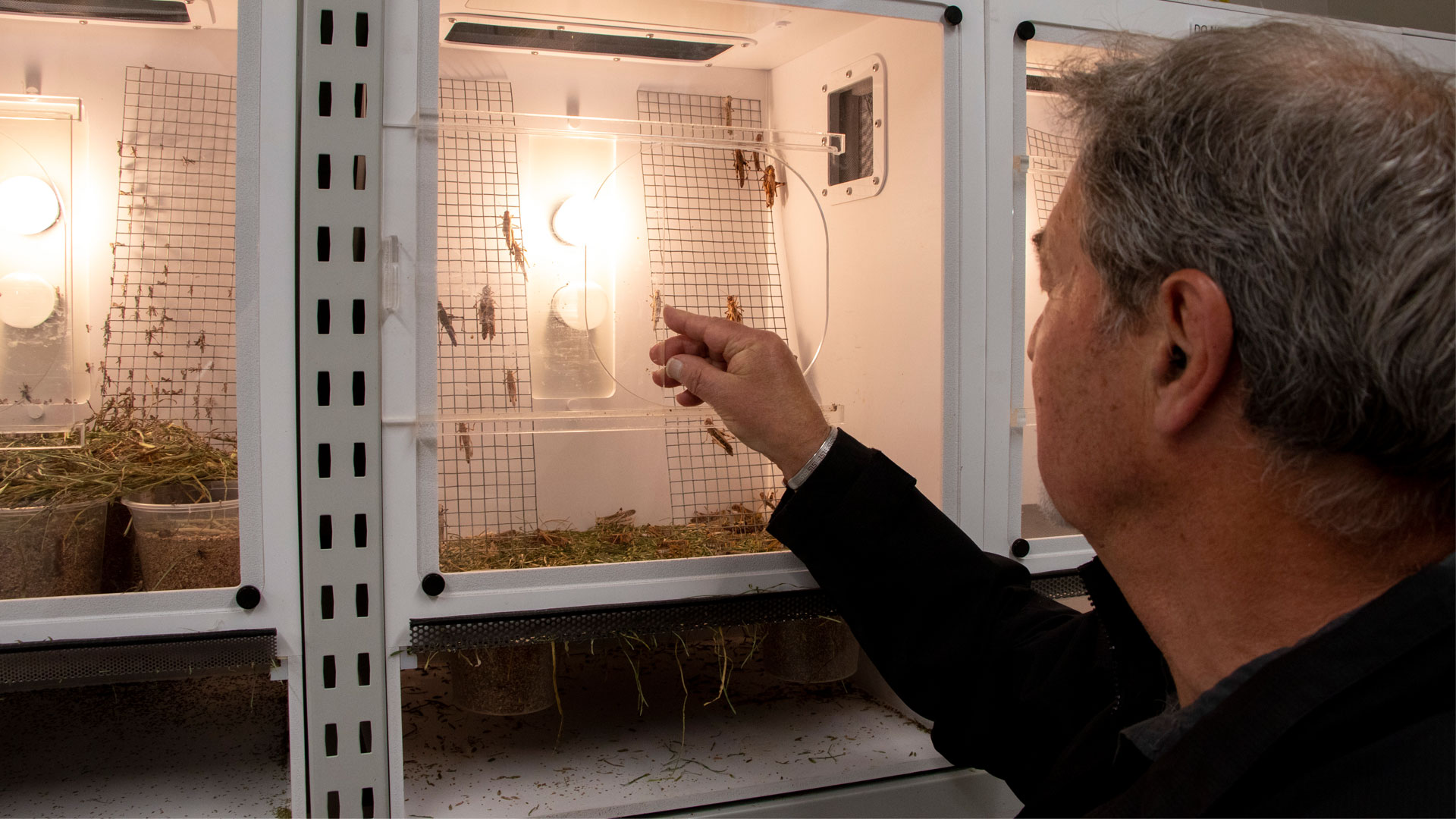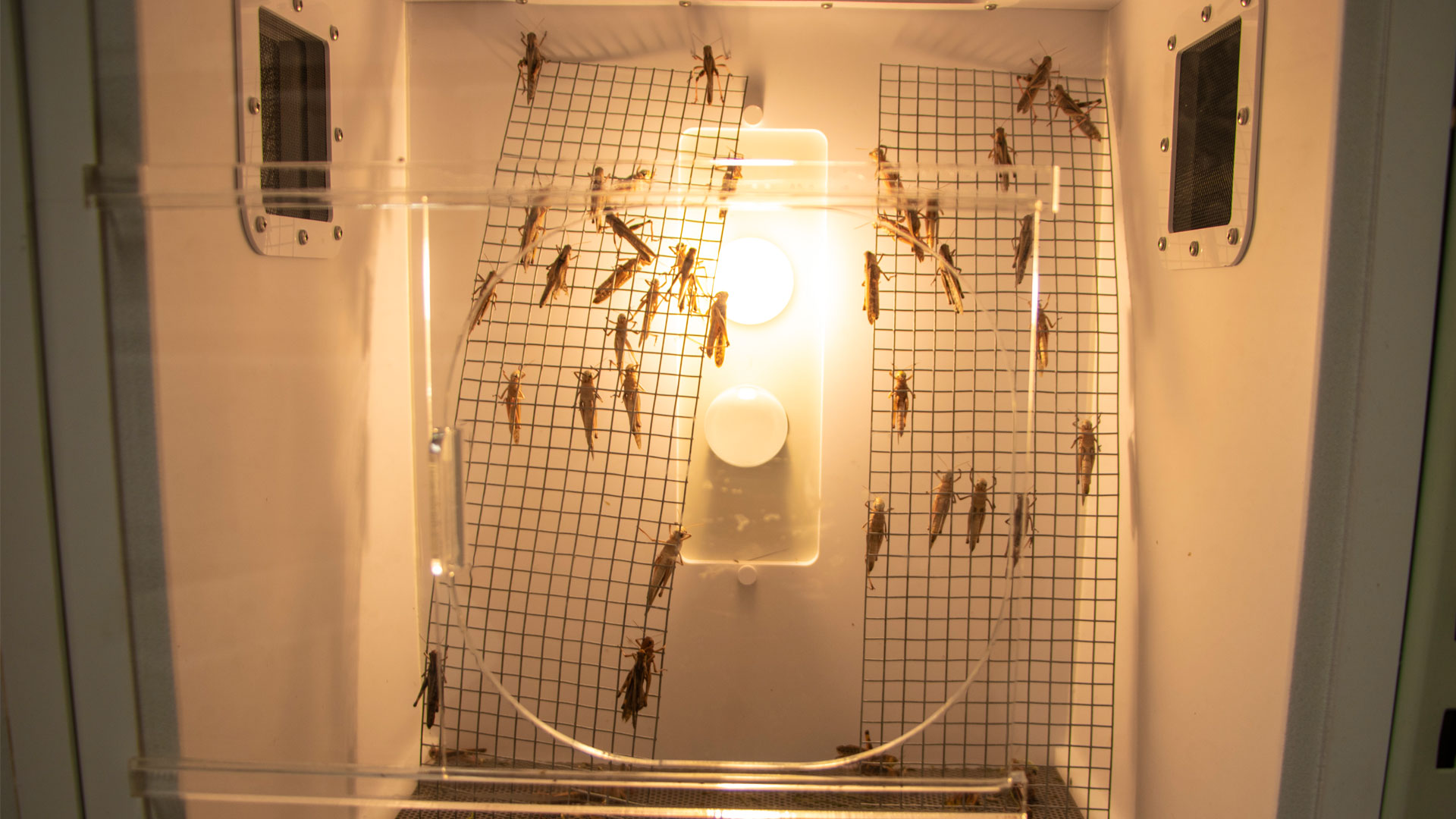The first decision made was to use portacoms, as using temporary structures gives us the ability to grow and change depending on the needs of the zoo at the time. Roger worked with Ben and Don to come up with the best design and layout and settled with a solution that had two portacoms meeting directly in the middle forming somewhat of an airlock, giving it a bit of a ‘space station’ feel. Portacoms are quite light, which means they can be easily transported, but also proposes an issue in high winds, especially with Auckland’s unpredictable weather, and as Roger said ‘how do you anchor something to what is basically just a lava rock flow running through the site?’ They devised a solution by building a structure in which the portacoms would sit, basically like railway sleepers, which had to be measured and built to the precise millimetre, so when the moment came to lift these portacoms over the zoo walls by crane they would slot right in and be tied down with pre-set anchor points – there was not an opportunity to get this one wrong!
Under Roger’s expert supervision, it all took off without a hitch, but that was just phase one. Phase two involved the intricacies of how this room would function, considering everything from insect proof drains to stop insects getting out and others getting in, to designing a locust breeding enclosure – and this is where Roger’s true talents lie. An experienced designer with more design talent than anyone I had ever met, Roger was more than up for the job – he was also passionate, excited and rearing to go. For a man that started out in the commercial art world, his career has chopped and changed down a completely different path since then – from the armed forces, a signwriting apprenticeship, to a commercial artist. Roger has also been an international design and property manager for many blue chip retailers such as supermarkets, Georgie Pie restaurants, bookstores and a range of retail ‘turnkey operations’, from designing kids’ playgrounds, Santa grottos, movie props, and even Elle McPherson lingerie shops. He ran his own design company for many a year, and during that time decided to formally put a qualification behind himself, rather than, as he calls it, just the ‘the University of Hard Knocks’. During his study, he even designed and patented a product called ‘Hold it’, which gives disabled people with gripping difficulties their own personalised grip, using the same concept of moulding handles using heat, which better enables someone to grip on to something like cutlery.


